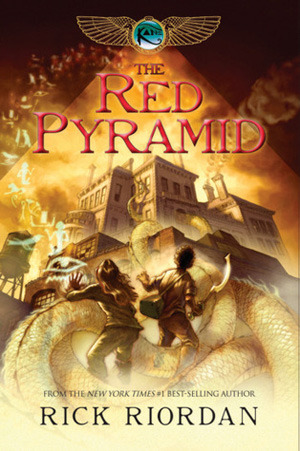I received this book for free from the library in exchange for an honest review. This does not affect my opinion of the book or the content of my review.
Source: the library
Mistress of the Monarchy: The Life of Katherine Swynford, Duchess of Lancaster
by
Alison Weir
biography in Paperback edition that was published by Ballantine Books on January 27, 2009 and has 392 pages.
Explore it on Goodreads or Amazon
A nonfictional, biographical account of Katherine Swynford, mistress and finally wife to the Duke of Lancaster, John of Gaunt. The time period covered begins in the mid-1300s.
I recommend this to anyone interested in writing about the time period between the 1330s to the early 1400s and/or if you have an interest in the Tudors, Stuarts, Yorks, the War of the Roses, the 100 Years War, or the medieval time period.
My Take
It’s a fascinating love story of an orthodox yet unconventional man who ignored the social conventions of his time, who adored a woman of learning, wit, and discretion, and she loved him back for himself as well as the financial security it brought her and her children. Hers with her husband, Hugh Swynford, as well as the Beaufort children she bore the duke.
Weir is primarily clinical in her reporting on Katherine, and mostly because, as she says, there is so little primary material available about her. Women were not important in that time, so emphasis was not placed on them. Instead Weir has pulled together facts and extrapolated events. No, she hasn’t made a thing up. In fact, Weir has been extremely careful to note what is possibility and what is specific. And still, she brought enough heart to this story to make me cry and marvel. Weir impressed me with what she brought to this biography.
It also made me wish there could have been more Queen Phillippas and more Katherines if only because of the way in which they approached child raising. History would have been much less vicious.
Weir’s focus is on Katherine but as there is so little available on her, most of the text is of John, and so it becomes an assessment of the times, a gloss of how the politics and infighting affected Katherine and John. It’s a different perspective on the times, more of a surface look with no dipping underneath to examine events in any depth, but then the focus of Mistress of the Monarchy is not events but on a single woman of whom there isn’t much information but what Weir can glean from legal documents, births, deaths, marriages, and household movements.
Weir does look at almost everything about the time period: the peasants, the lords, the politics, the royals, food, clothing, mores, architecture, gifts, customs, child rearing, the time’s idea of Chivalry and what constituted “courtly love”, the Church, how foreigners saw England, Chaucer’s life, laws of inheritance, obligations, and the like.
What Weir has to say about the Church will make you understand more why Wycliffe and Martin Luther took the positions they did. I certainly wouldn’t have wanted to live under a Church-influenced government:
“…all sexual acts were sinful…
Even within marriage, sex was meant to be only for the purpose of procreation:
…all love is disgraceful…
The wise man must love his wife with judgment, not with passion.”
And yet, not even the priests could follow this, ahem…“
It was fascinating to read the bits of Chaucer and how the verses related to events in his life.
The ending will make you cry and cause you to wish you could go back in time to warn John. To list the what ifs and if onlys. As it is, I drew some satisfaction for the promise they gave for the future.
The Cover and Title
The cover is gorgeous, but then I’ve always had a weakness for medieval tapestries.
The title is too accurate for Katherine’s descendants “would become the direct forbears of the Royal Houses of York, Tudor, and Stuart, and of every British sovereign since 1461, as well as six U.S. presidents”. And those are just the highlights of her descendants, for Katherine was truly a Mistress of the Monarchy.










